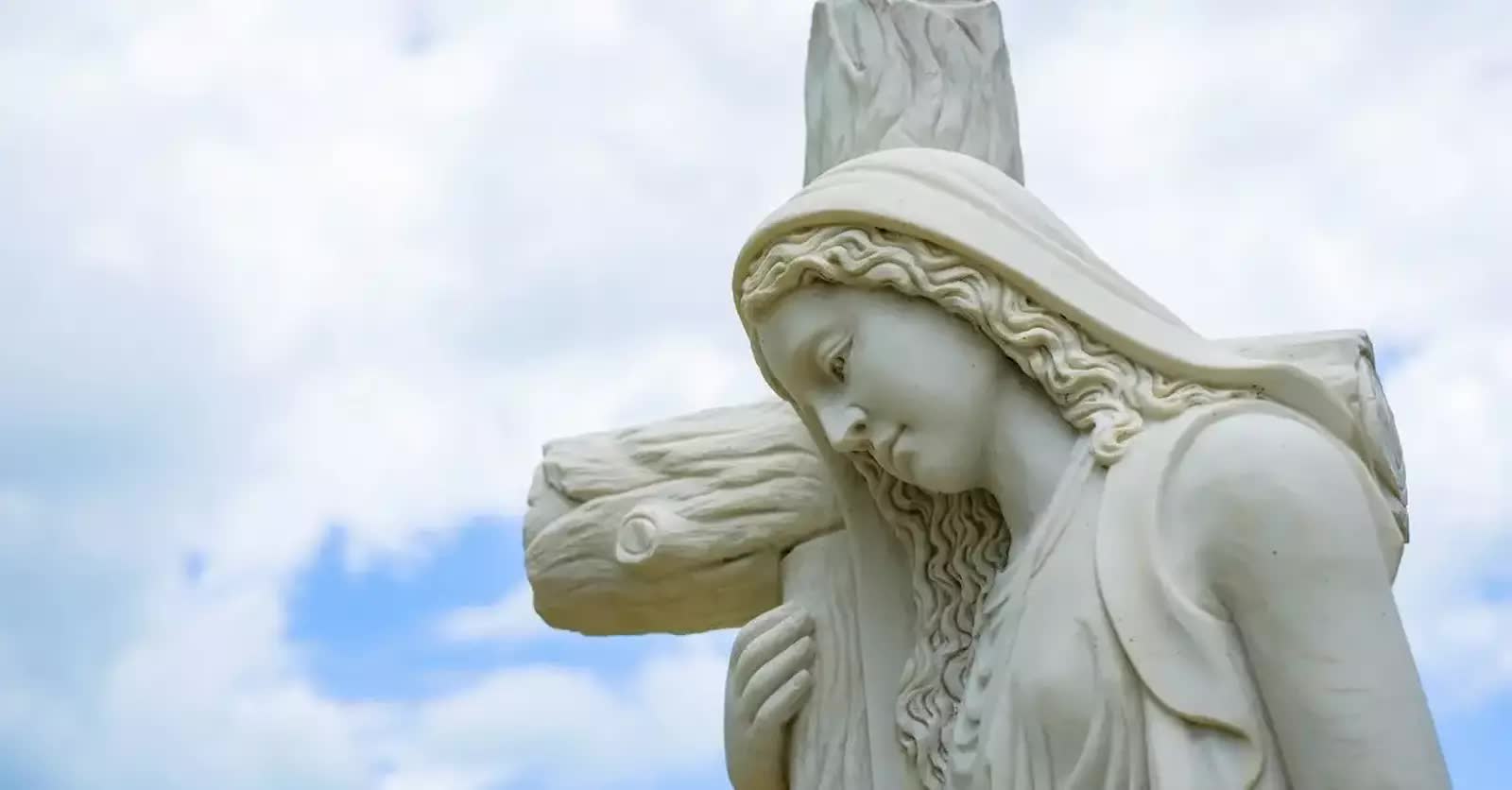


The Gospel of Mary recounts an exchange between Mary Magdalene and the disciples of Jesus, who grieve and ask questions of the risen Jesus to which Mary provides the answers regarding mortality, the ascension of Jesus, as well as the ascension of the soul: Some believe that information in the Gospel of Mary is supported by other manuscripts such as the Acts of Philip and the Gospel of Thomas and reveal a closeness between Mary and Jesus that has previously been suppressed and undocumented. It has been said that passages in The Gospel of Mary reveal information about the relationship between Mary and Jesus as well as the status given to Mary Magdalene. The Contents and Notable Passages of the Gospel of Mary A shorter Greek manuscript is said to exist dating back to the third century. The Gospel is said to be fragmented, with a long version of the text found in the form of the Coptic translation of the Akhmin Codex dating to the 4th or 5th century. The complete Gospel of Mary is believed to be at least 19 pages in length however, pages 1-6 and 11-14 are missing from any known manuscript. These findings were comprised of four texts bound together on papyrus paper written in an Egyptian dialect of Coptic which was commonly used at the time and is understood to be a translation of original Greek manuscripts. The manuscript was found as part of the Akhmin Codex discovery in Egypt in 1896.

The Gospel of Mary is considered one of many Christian Gnostic writings that comprise the New Testament Apocrypha. Recent controversy has surrounded the Gospel of Mary suggesting that this document could prove that Jesus and Mary were married, and that Mary Magdelene was the Beloved Disciple to whom authority over Christian teachings was bestowed. In addition, many scholars believe that the Gospel of Mary has been suppressed and dismissed by Church authorities because of the status that is bestowed on Mary Magdalene, which threatens the less powerful role of women in the Church. Some scholars believe that the Gospel of Mary was purposely kept hidden by the Church because it reveals a suspicious favoritism towards Mary Magdalene and information about the relationship between Mary and Jesus that has previously been kept unknown. It is commonly suggested that the Gospel of Mary refers to Mary of Magdala and not the Virgin Mary, and the Gospel is often referred to as the Gospel of Mary Magdalene. While the Gospel of Mary was not one of the texts uncovered in the Nag Hammadi collection, other writings from the original Akhmin collection such as the Apocryphon of John and the Act of Peter were included in the Nag Hammadi findings. Ten years later, in 1955, the first publication of the Gospel of Mary was said to appear, as translated from the Akhmin Codex, which were discovered in Cairo in 1896. Amongst these writings were the Gnostic Gospels of Thomas and Philip, which along with many other texts, including the Gospel of Mary, are considered to make up the New Testament Apocrypha: writings which were not included in the authoritative Bible. In December 1945, a collection of Christian Gnostic writings said to be dating as far back as the 2nd century AC were discovered near the town of Nag Hammadi in Egypt. The tomb of Jesus may be a source to supplement the support of these already existing theories. In considering the implications of the Jesus tomb discovery, many have turned to the Gospel of Mary as a source for alternative theories that have been gaining support from scholars for years.


 0 kommentar(er)
0 kommentar(er)
